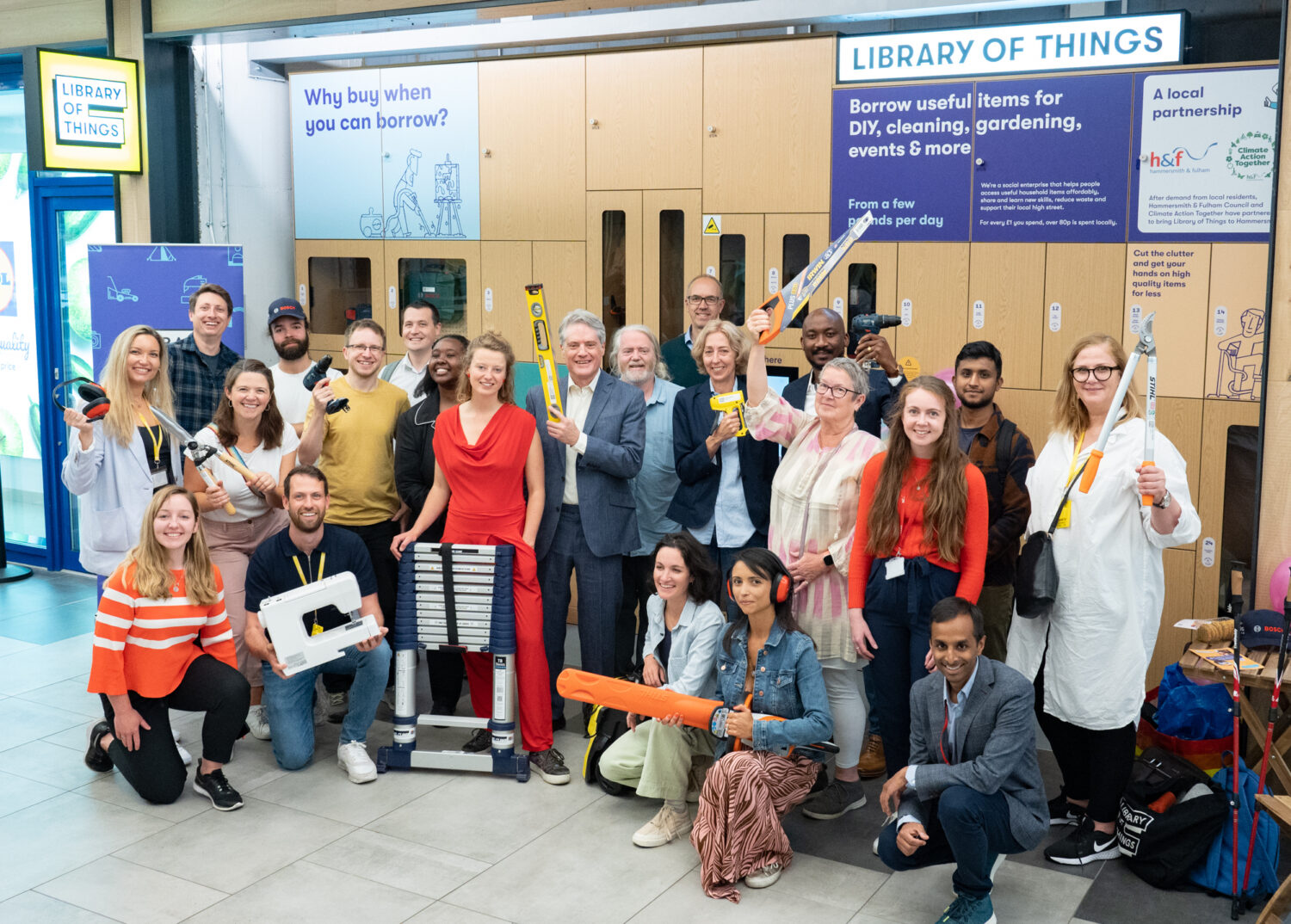How a social impact agreement could revive your high street units
Finding impactful local occupiers for your high street buildings is a powerful way to reduce vacancies and meet your ESG objectives.
Why? Local businesses and community enterprises are rooted in their places, and emerge from understanding local needs. Across the UK, from Oxfordshire to Belfast, they’re filling town centre spaces with innovative, sustainable activities that increase footfall and vibrancy, and deliver long-term social impact. These activities range from retail to affordable housing, to repair shops, to music venues, to urban farms, to coworking spaces, to community kitchens and more.
Often these groups, who are commonly called socially-trading organisations (STOs), need an initial leg up. On the one hand, they typically have strong local networks and knowledge and the entrepreneurial nous to successfully activate town centre property. On the other hand, they often lack seed funding or upfront resources to access units under traditional lease terms.
There’s a solution: offering a social impact agreement – whether a lease or a license to occupy – that unlocks your units for STOs on supportive terms.
This removes that first crucial barrier of access to space, so STOs can execute their ideas and start creating long-term local value, with the opportunity to scale commercially.
“By unlocking property for a more diverse range of entrepreneurial and creative occupiers, landlords and investors can meet ESG targets while improving vacancy rates and business success. Social value leases with the foundation set out in the Heads of Terms plays a key role in the first step to securing a lease and starting the landlord and tenant relationship.” – Kirsty Black, Partner, Shoosmiths
Pioneering asset owners and property developers around the country are already activating their assets through social impact agreements.
A number of organisations (like Legal & General and Bywater Properties) are embedding social impact into property decision-making. They’re partnering with the council and community leaders to find impactful local occupiers and to offer some of their portfolio on accessible terms.
| For example: Ingka Centres, part of the Ingka Group (which also includes IKEA Retail and Ingka Investments) offered a social impact agreement to social enterprise Library of Things for a unit within its Livat Hammersmith meeting place. Library of Things helps people save money and reduce waste by affordably renting out useful tools. Now a diverse mix of people can be seen carrying drills, sound systems, sewing machines and lawnmowers in and out of the shopping centre, sometimes stopping at IKEA or Lidl en route. In its first six months, the service prevented 7 tonnes of waste and 17 tonnes of emissions, and helped local residents save £18,000. The terms of the social impact agreement – a license to occupy – are simple. Library of Things receives peppercorn rent on the unit up to a set cost ceiling. After this, a revenue share kicks in. The social enterprise has an open book policy on income and shares quarterly impact reports, so Ingka Centres know how they’re doing. “Library of Things creates lots of social and environmental impact from day one, but it takes a couple of years to build up our revenue and cover core costs. So our relationship and flexible revenue share agreement with Ingka Centres is critical to making our model viable, and providing a foundation for the service to grow.” Bex Trevalyan, Co-Founder.  Photo credit: Library of Things & London Borough of Hammersmith & Fulham Outlandish in Islington: In London’s Finsbury Park, local technology co-operative Outlandish operates a building as an affordable workspace for tens of local digital businesses. Outlandish pays a peppercorn rent to Islington Council (who secured the space through a Section 106 agreement) with a commitment to to creating employment and training opportunities for local people.  Space 4 (Photo credit: Islington Council) |
Tips for your social impact agreement
- Rent: There are many ways in which the rent could be calculated and/or presented. The landlord and tenant should try to achieve a “Fair Rent” depending on the nature and maturity of the STO. This may range from a peppercorn plus service charge, to a ‘cost ceiling’ or rent as an increasing percentage payment depending on the level of turnover and which incorporates a social impact contribution calculation (but take care not to place onerous administrative burdens on the STO);
- Length: The term of a lease may be shorter for a pilot STO to give the tenant time to build up its business, for example, a two-year lease without rent or business rates. After that, it’s hoped the STO will be in the position to pay some form of rent/rates, or demonstrate increased footfall which could, for example, be fundamental to the landlord’s neighbouring units;
- Repair is a particular concern for STO tenants. Collaboration is key. The landlord may want to contribute towards costs of works if it will leave the property in better condition.
To help you start leasing space to community businesses on fair terms, Platform Places and Shoosmiths have developed a set of guiding principles for a social impact lease, with a free downloadable Heads of Terms template.
Get your tips and templates here. By truly embedding social value into your portfolio decision-making, you can help roll out a new model for town centre property where everyone stands to benefit. A social value lease is a practical, fair and powerful place to start.